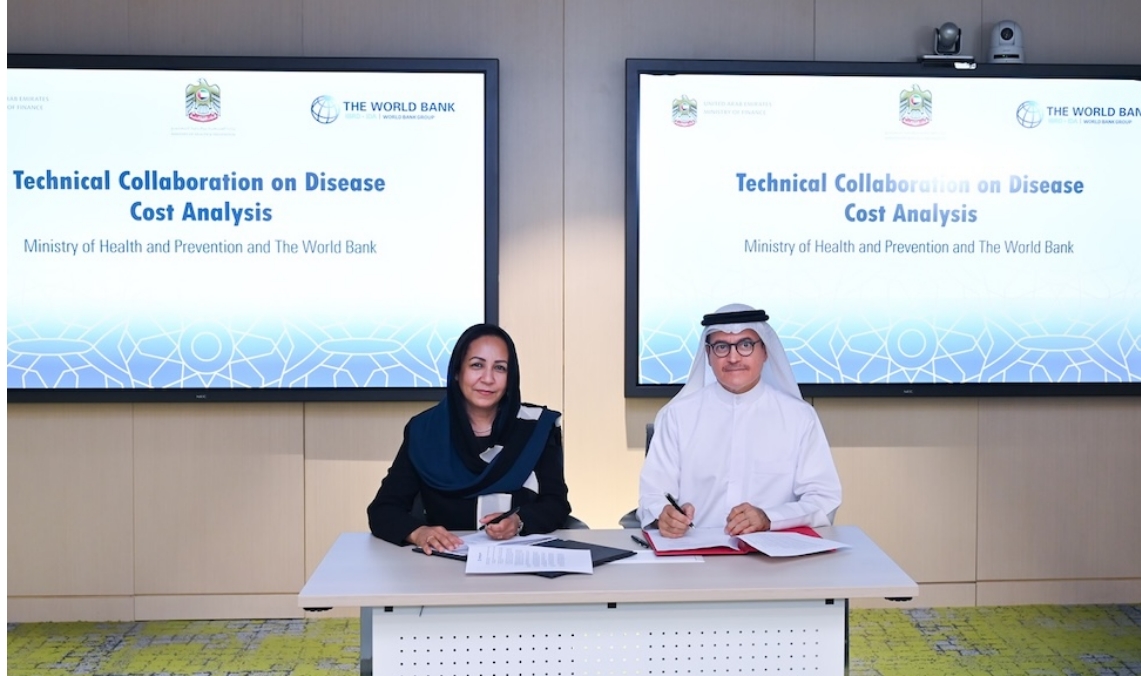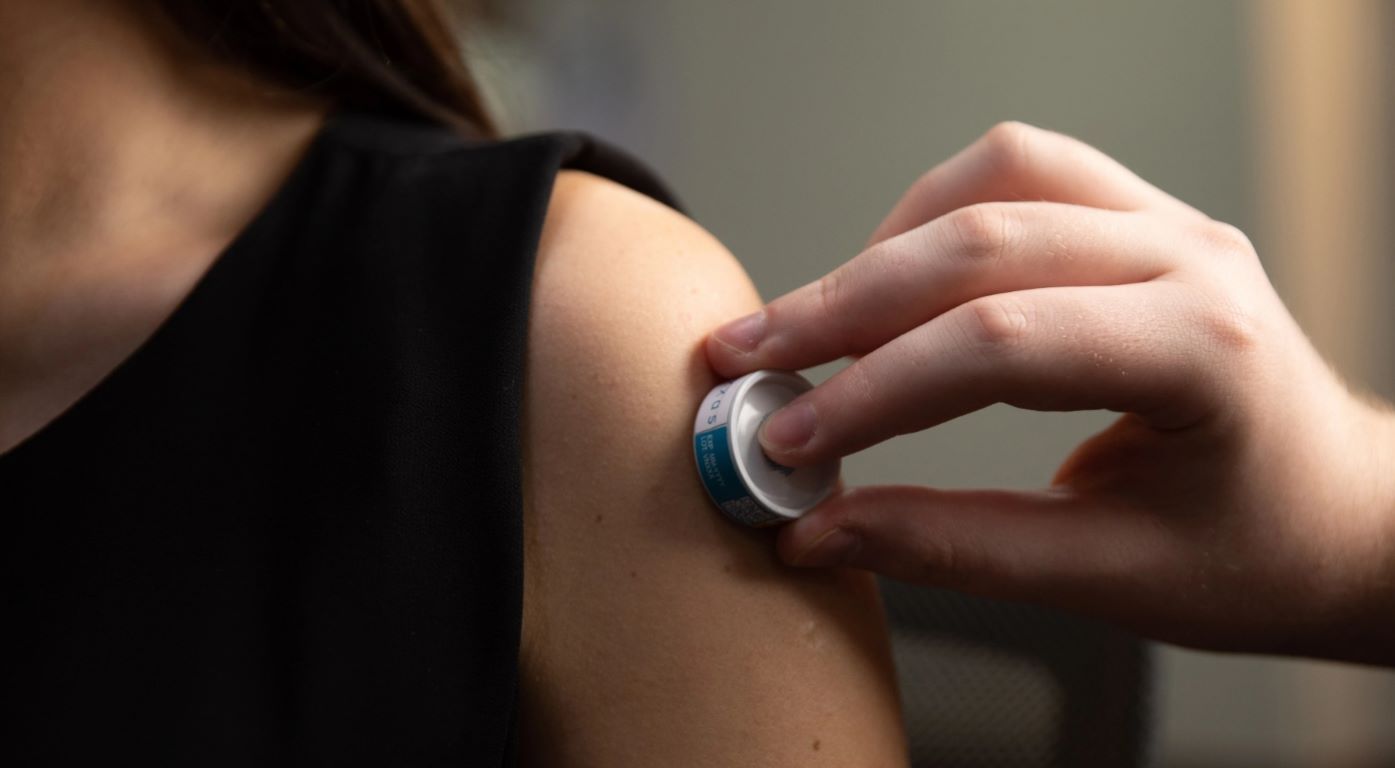ISMRM, A*STAR hold workshop on MRI of Obesity & Metabolic Disorders
14 August 2019 | News
The workshop reunited international scientists and clinicians to share knowledge on the latest developments and application in advanced MRI and MRS techniques to investigate the causes and consequences of obesity and metabolic dysfunctions

Photo credit: A*STAR, Singapore
The ISMRM workshop on MRI of obesity and metabolic disorder was held from 21st to 24th July 2019, at Biopolis, Singapore. The event was organised in association with Singapore Bioimaging Consortium, A*STAR and was co-chaired by Houchun Harry Hu, Ph.D., Nationwide Children's Hospital, Columbus, OH, USA and Sambasivam Sendhil Velan, Ph.D., Singapore Bioimaging Consortium, Singapore.
The prevalence of obesity and related metabolic disorders continue to rise worldwide. In both children and adults, magnetic resonance imaging and spectroscopy have become widely used to quantify fat accumulation in adipose tissue depots, organs, and muscles, and also in the molecular substrates, products, and dynamic rates of metabolism and biochemical pathways. As a follow-up to the 2012 ISMRM workshop on water-fat MRI, held in Long Beach, California, the purpose of this proposed workshop is to bring together and reunite internationally recognised scientists and clinicians who are currently developing and applying Magnetic Resonance Imaging (MRI) and Magnetic Resonance Spectroscopy (MRS) techniques to investigate the causes and consequences of obesity and metabolic dysfunctions. The International Society for Magnetic Resonance in Medicine (ISMRM) is accredited by the Accreditation Council for Continuing Medical Education to provide continuing medical education for physicians.
The workshop hosted invited and proffered oral presentations as well as short power-pitch posters sessions. The workshop’s showcased integrated presentations with ample discussion periods covering advances in water-fat Dixon MRI; new application of relaxometry, diffusion, and elastography; multinuclear applications; preclinical animal studies of white, brown, and beige adipose tissues; the epidemiology of insulin resistance, diabetes and obesity; influences of obesity and metabolic disorders in the young; recent findings in liver, heart, pancreas, kidney, muscle, and bone marrow fat; newfound knowledge revealed from large-cohort and population studies; and the implications of genomics and metabolomics in obesity. An open discussion forum on the future directions and research opportunities was also held.
The program was designed for both senior investigators and junior scientists. The organising committee emphasised on attendance by student members of ISMRM and engaged the Asian research community.
Some of the objectives of the symposium were;
- To identify the basic mechanism of the insulin signalling pathway that drives insulin resistance/energy balance and body composition
- To describe the current state of magnetic resonance imaging and spectroscopy methods for assessing obesity and metabolic disorders, including application in body adiposity, organ fat, and muscle fat.
- To list recent advances in MRI and MRS technology, including water-fat MRI and X-nuclei methods, for studying obesity and metabolic disorders
- To describe the imaging applications and of obesity and metabolic disorders in fetal, pediatric, and adult populations
- To summarise the current multi-parametric imaging of white and brown adipose tissue
- To recognise the multitude of applications associated with quantitative MRI in obesity and metabolic disorder research
- To select the most appropriate techniques and to design the most suitable protocols based on desired study outcomes and endpoints
- To articulate and summarise the global health concern regarding obesity and metabolic disorders, and to identify how magnetic resonance imaging and spectroscopy can be used to address unsolved problems and unmet needs
- To identify the role that radiomics, metabolomics, genomics, and big-data have in obesity and metabolic disorder studies worldwide
Early findings suggest that Asians are more susceptible to diabetes compared to Caucasians and this might be because Asians are unable to produce enough Insulin. A*STAR works closely partnering with academia, industry, and clinical community, leveraging advanced technologies like MRI and MRS to understand the complex nature of metabolic disorders. The findings from the imaging research will help researchers and clinicians develop effective prevention and early intervention strategies to optimise health.
Prof Harry Hu, said, “Singapore is keen on obesity and Type 2 diabetes. Thus, Singapore Bioimaging Consortium is putting large efforts to tackle diabetes and obesity. Around 110 participants from 18 countries are present at the workshop”. He added, “Its a rare occasion where experts from the imaging industry are meeting experts from translational research.”
Dr Sendhil Velan, said, “The workshop focuses on imaging applications for obesity and metabolic disorders in Asian phenotypes. This platform will help us to go deeper in using advanced methods and will assist in deep phenotyping of Asian population in Singapore. The workshop brings international experts on advanced imaging methods which we don’t have in Singapore, and will further expand on the imaging capabilities for the Asian studies”.
A*STAR SBIC’s Metabolic Imaging Group (MIG) headed by A/Prof. S. Sendhil Velan, the Co-Chair of the workshop, is conducting translational imaging research in the domain of metabolic diseases using Magnetic Resonance Imaging (MRI) and Magnetic Resonance Spectroscopy (MRS). To address unmet medical needs in the domain of metabolic diseases such as diabetes, SBIC is establishing advanced imaging methods and translating the preclinical methodologies through nation-wide medical research studies such as GUSTO, S-PRESTO, Translational Clinical Research (TCR) programmes and other ongoing academic/industrial clinical research studies through the Singapore Institute for Clinical Sciences, local universities, and other partners.












